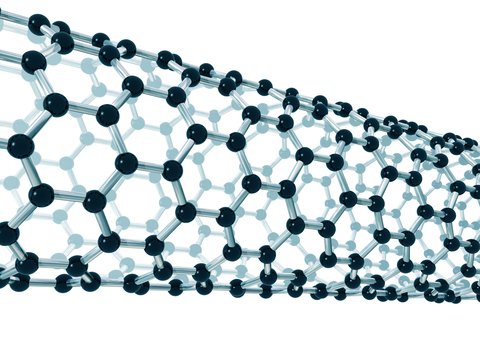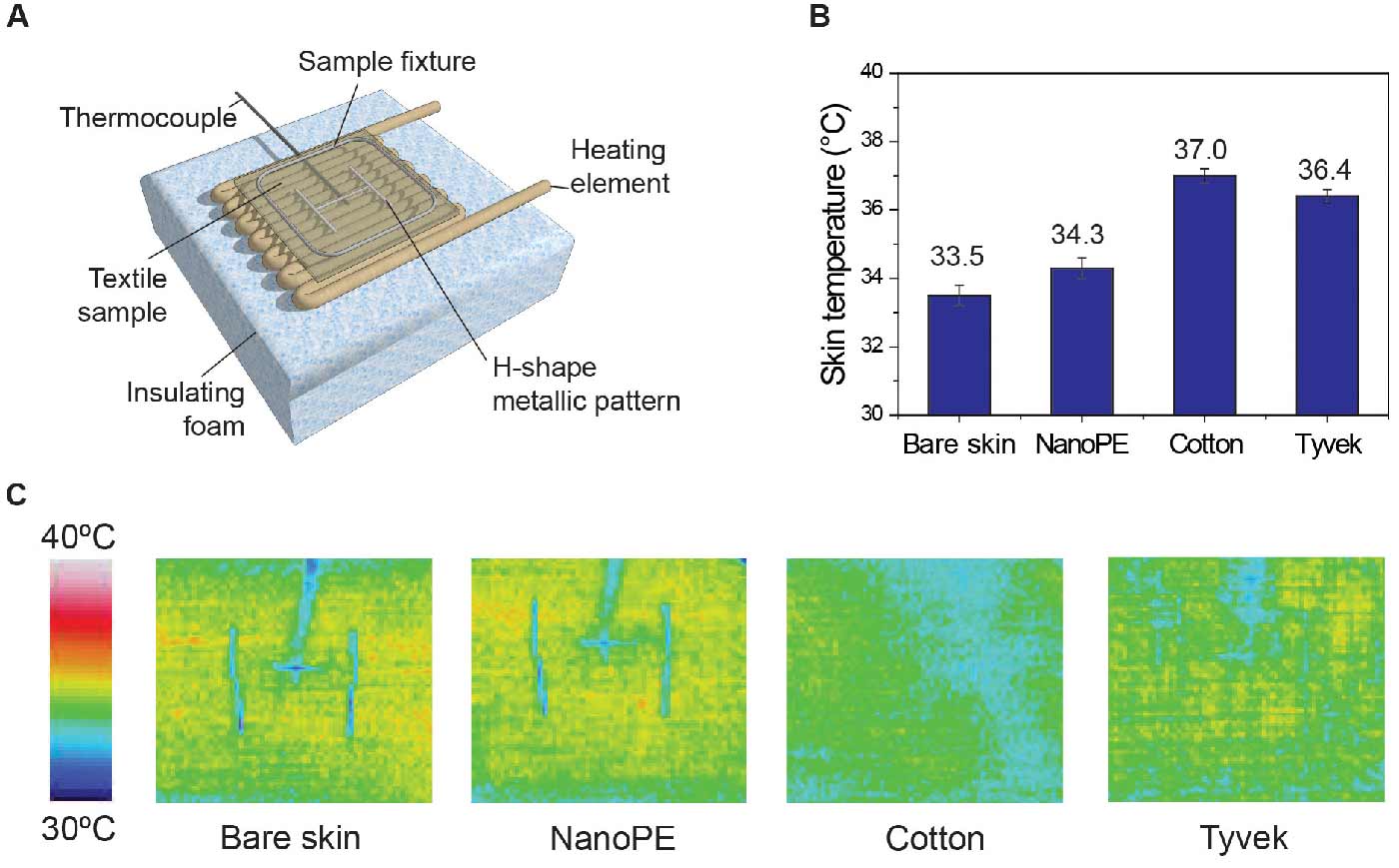
E-skin can talk directly to the brain
The new material is said to work by allowing the body to discharge heat in two ways that would make the wearer feel nearly 4°F cooler.

26th April 2017
Innovation in Textiles
|
La Jolla, CA
Stanford University researchers, with the aid of the Comet supercomputer at the San Diego Supercomputer at UC San Diego, have engineered a low-cost plastic material that could become the basis for clothing that cools the wearer, reducing the need for energy-consuming air conditioning.
Describing their work in a recent issue of Science, the journal of the American Association for the Advancement of Science (AAAS), the researchers suggested that this new family of fabrics could become the basis for garments that keep people cool in hot climates without air conditioning.

“If you can cool the person rather than the building where they work or live, that will save energy,” said Yi Cui, an associate professor of materials science and engineering at Stanford University and of photon science at SLAC National Accelerator Laboratory, and the study’s principal investigator.
The new material is said to work by allowing the body to discharge heat in two ways that would make the wearer feel nearly 4°F cooler than if they wore cotton clothing. The material cools by letting perspiration evaporate through the material, something ordinary fabrics already do. But the Stanford material provides a second cooling mechanism: allowing heat that the body emits as infrared radiation to pass through the plastic textile.
All objects, including our bodies, throw off heat in the form of infrared radiation. Blankets warm us by trapping infrared heat emissions close to the body. This thermal radiation escaping from our bodies is what makes us visible in the dark through night-vision goggles. “Forty to 60% of our body heat is dissipated as infrared radiation when we are sitting in an office,” said Shanhui Fan, co-author of the study and a professor of electrical engineering who specialises in photonics. “But until now there has been little or no research on designing the thermal radiation characteristics of textiles.”
The research blended computer simulations, nanotechnology, photonics and chemistry to give polyethylene a number of characteristics, including allowing thermal radiation, air and water vapor to pass right through and is opaque to visible light. The easiest attribute was allowing infrared radiation to pass through the material.
As an initial step, Stanford researchers created computer models that captured the optical properties of nanoporous polyethylene. The resulting models encompassed a wide optical wavelength range, from the visible to infrared. “By adjusting for a variety of parameters we were able to identify a pore size range, a nanopore, that best suited the purpose of the textile, one that is highly opaque visibly and at the same time highly transparent in the thermal wavelength range,” said Fan.
“Solving for electromagnetic wave propagation in large 3D structures is very computationally demanding, and can only be done on high-performance computers. Otherwise it would take too much of time. The large shared memory in the Comet cluster was quite beneficial for the code that we were using.”
Using their computer models as a guide, the researchers found a variant of polyethylene commonly used in battery making that has a specific nanostructure that is opaque to visible light yet is transparent to infrared radiation, which could let body heat escape. This provided a base material that was opaque to visible light for the sake of modesty but thermally transparent for purposes of energy efficiency.
They then modified the industrial polyethylene by treating it with benign chemicals to enable water vapor molecules to evaporate through nanopores in the plastic, said postdoctoral scholar and team member Po-Chun Hsu, allowing the plastic to breathe like a natural fibre.
That success gave the researchers a single-sheet material that met their three basic criteria for a cooling fabric. To make this thin material more fabric-like, they created a three-ply version: two sheets of treated polyethylene separated by a cotton mesh for strength and thickness. The researchers are continuing their work on several fronts, including adding more colours, textures, and cloth-like characteristics to their material.

Business intelligence for the fibre, textiles and apparel industries: technologies, innovations, markets, investments, trade policy, sourcing, strategy...
Find out more